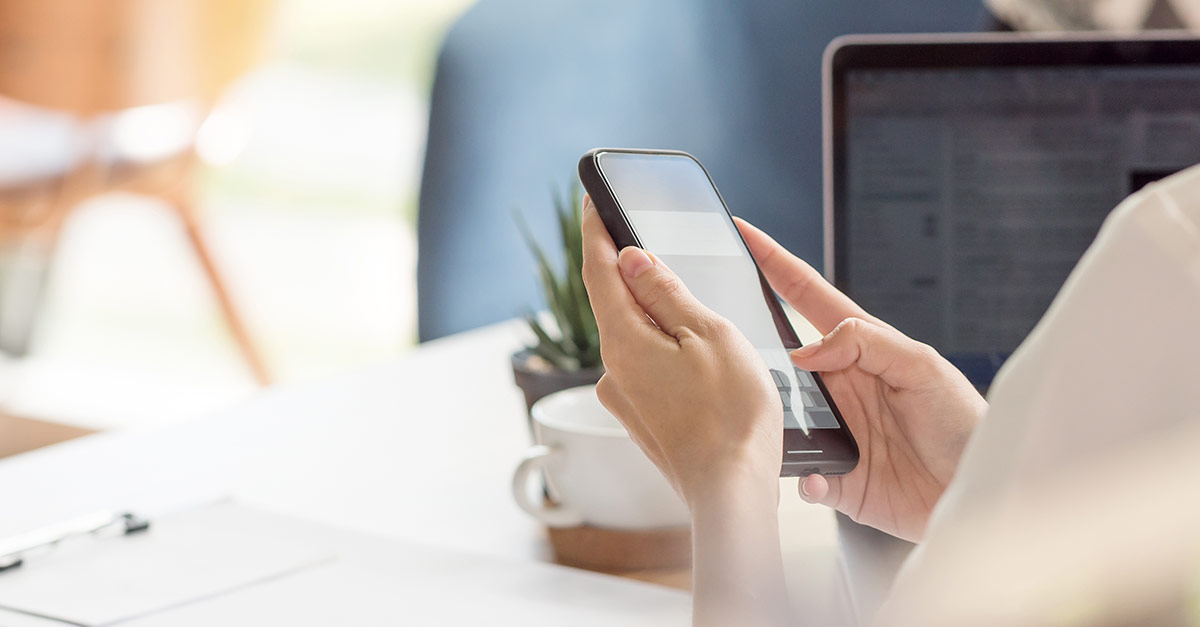
Timeclocks are as old as the Industrial Revolution, and their purpose is fundamentally the same as it was then: track the time employees spend working so businesses can invoice and pay accordingly.
However, some elements of time tracking need to evolve with the modern workforce. Most of today’s time-and-attendance systems still lack a way to verify that the data submitted on a timesheet is accurate and valid. Two sources of labor fraud in particular are left unaddressed in today’s increasingly mobile workforce:
- Time theft: Employees or contractors clock in without doing any work, or even being present at the office or jobsite.
- Buddy punching: Employees punch in on another’s behalf; buddy punching costs the U.S. economy more than $370 million annually, according to the HR Daily Advisor.
One way for businesses today to solve the problems of fraud is by using biometric-based time tracking. Biometrics offer a highly automated, precise, and accessible approach to employee time and attendance tracking.
Who is affected by time-and-attendance fraud?
Employers who compensate an hourly workforce are the most common victims of time-and-attendance fraud. These include workers in retail stores, warehouses, manufacturing, customer service, security, and other jobs that require on-site work.
However, nearly every industry has in some way been affected by a distributed workforce. Independent contractors, field service workers, transportation workers, and employees who work from a home office such as remote freelancers, participants in the gig economy and other transient workers represent a growing share of the labor force.
How, then, do you track the hours of a field service provider or a distributed team of freelance designers? As long as they’re on the clock, you’re paying them. It’s important to not only verify the accuracy of the time-and-attendance data they submit, but also to present a deterrent to commiting fraud.
Biometrics enhance mobile time and attendance
Biometrics like face, voice, and fingerprint use unique biological features to verify someone’s identity. By verifying identity, they can be used to confirm that time and location data being submitted by an employee is in fact being submitted by that employee at that time. Biometric modalities are made difficult to spoof because they incorporate liveness detection algorithms to distinguish a non-live image and a live one. Introducing a second modality in a scan, such as requiring a spoken passphrase during a facial recognition match, further strengthens performance and security.
In this way, a fingerprint, facial image, or voice sample can be used to determine with certainty that a person is who they claim to be at a particular time, virtually eliminating the possibility of buddy punching. Remote and mobile workers are prevented from sharing credentials to “log in” for one another if their credential is not a password but a fingerprint or a live face. Using mobile phones for biometric capture makes the solution even more compelling.
During enrollment on the first day of work, a biometric capture and one-to-many search is performed to make sure an employee is only in the system once. The onboarding employee submits his or her biometric information, securely stored on a private server (assuming no duplicates are found), and registered for use as a template for future matching.
Each time an employee starts and ends a shift, or arrives and departs from a location, he or she can perform a biometric capture on his or her mobile device. Time and location data is also captured. With this data, the employer can generate reports they can then use to verify that their employees are truly where they are supposed to be at each biometric check-in. Biometrics such as facial recognition or speaker recognition, together with time and location data—all taken from a mobile device—can be used to definitively determine that an individual is in fact at a particular place at a particular time.
So biometrics for time and attendance are no used simply as a mobile authenticator for an employee to login and submit time and attendance data. They are used to validate time and location data, effectively automating mobile time-and-attendance tracking.
Additional benefits: Security, accuracy, convenience
Because biometric data is not stored locally on any device, but rather kept on a secure server, no trace of data is left behind on personal or corporate endpoints. This ensures that biometric templates are kept under lock and key.
Furthermore, biometric-based mobile time-and-attendance eliminates the human error associated with timekeeping. In traditional data entry methods, a single typo can result in payouts that are over or below actual time worked. Biometrically validated timestamp submission eliminates this risk from the equation.
Lastly, biometrics are intuitive and convenient, especially for employees who have flexible hours and need an easy way to time the hours they actually spend working. A freelance web developer, for example, can “stop the clock” with a touch or with a glance. This is much simpler, and clearly more effective, than having to repeatedly log on and off or continually update a timesheet.
Learn more about how you can deploy biometric time and attendance using Aware’s Indigo™ biometrics-as-a-service platform.